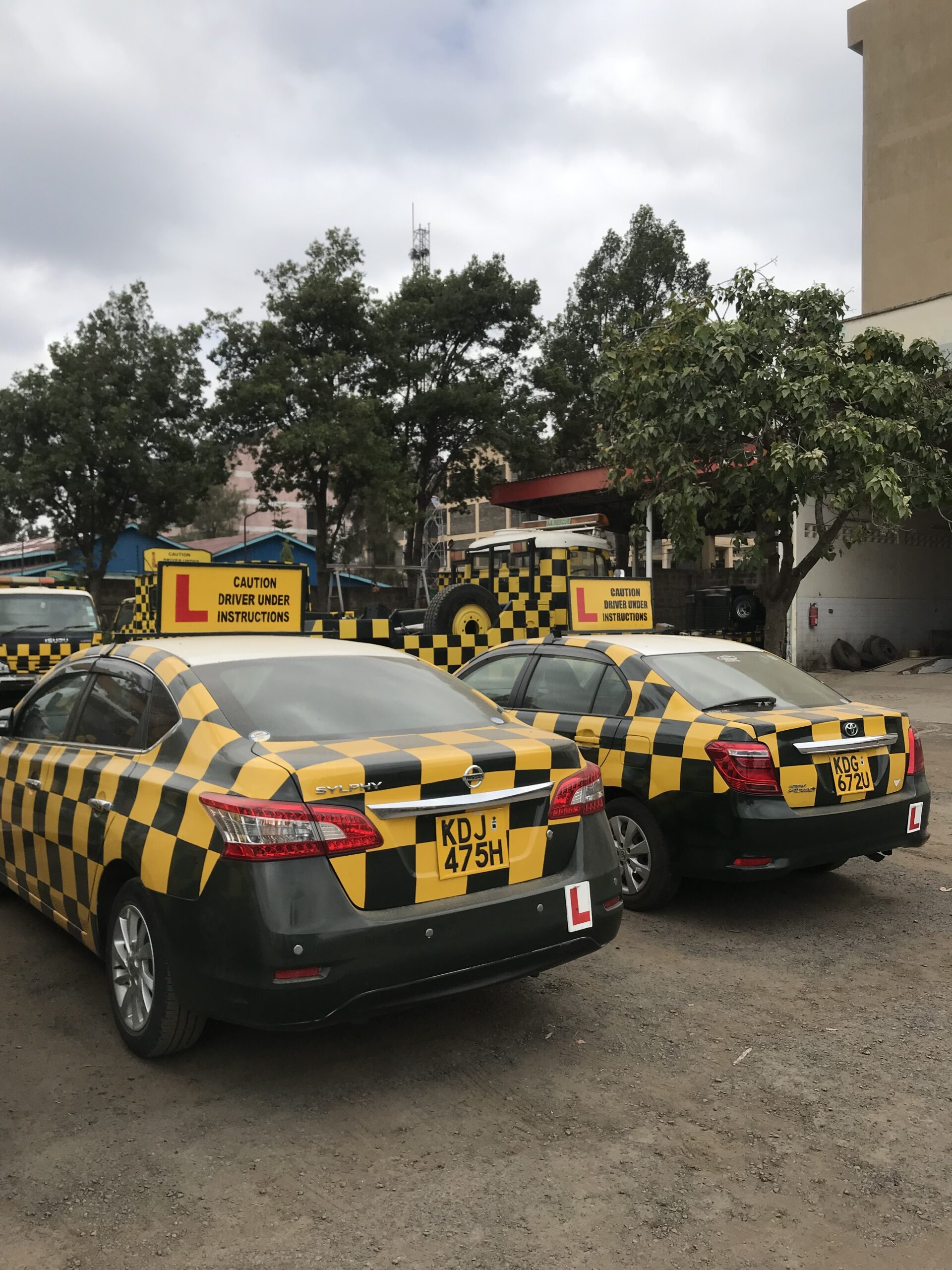Teddy Mwanza
When it comes to driving schools in Kenya, the road to finding the right one can be a treacherous one. With so many options available, it is crucial to make an informed choice.
Although quality of training provided can have a direct impact on road safety, many people oft-ignore the role driving schools play in shaping driving habits. Unfortunately, not all driving schools in Kenya offer the level of training necessary to produce competent and responsible drivers, which poses a serious threat to everyone on the road.
Road safety is a pressing concern, not just in Kenya, but worldwide. It is a shared responsibility, and driving schools play a significant role in shaping the attitudes and skills of aspiring drivers.
While practical experience is undoubtedly crucial, it is essential that driving schools also instil a deep sense of consciousness about road safety. After all, driving skills alone are not enough if they are not accompanied by a commitment to following traffic rules and regulations.
To ensure you receive quality driver training and gain the necessary skills and knowledge to become a competent and responsible driver, there are several key aspects to look for in a driving school.
First and foremost, accreditation is vital. The National Transport and Safety Authority (NTSA) in Kenya is responsible for accrediting driving schools. Accreditation ensures that the driving school meets the required standards and follows the guidelines set by the regulatory authority. By choosing an accredited driving school, you can have confidence that the school has undergone evaluation and are committed to maintaining quality standards.
In addition to accreditation, the certification of driving instructors is another crucial factor to consider. Experienced, qualified, and certified instructors are invaluable in shaping learning experience. They not only teach the necessary skills but also serve as role models for responsible driving. By selecting a driving school that employs such instructors, you can have greater confidence in the quality of education you will receive.
A comprehensive curriculum is essential for developing well-rounded drivers. The NTSA accreditation ensures that driving schools follow a curriculum that covers theory, practical skills, road safety, and traffic rules and regulations.
This ensures that learners receive holistic training that prepares them for the challenges they will face on the road. A learner has a responsibility to ensure the curriculum aligns with requirements set by NTSA.
Practical training is a critical component of driver education. A driving school should provide ample opportunities for practical driving experience under various road conditions, including city driving, highway driving, and parking manoeuvres.
The availability of well-maintained vehicles equipped with safety features is also important for a safe and effective training environment. Safety measures should be a top priority for any driving school. Inquire about the presence of dual-control vehicles, adherence to safety protocols during driving lessons, and whether they have fully insured vehicles. A safe learning environment not only instils confidence in learners but also sets a standard for responsible driving behaviour.
To gauge the quality of instruction and services, consider the driving school’s reputation and reviews. Look for schools with positive feedback and testimonials from previous students. Hearing about others’ experiences can give you valuable insights into the school’s strengths and weaknesses. A driving school with a strong reputation is more likely to provide high-quality training.
Licensing support is another important aspect to consider. Inquire about the driving school’s assistance in obtaining a driver’s license. Do they offer guidance for the written test, help with scheduling road tests, and provide support in obtaining the necessary documentation? Having a driving school that supports you throughout the licensing process can greatly alleviate the stress and confusion that often accompanies it.
Finally, while cost should not be the sole determining factor, it’s essential to consider the value you will receive for the price paid. Look for driving schools that offer transparent pricing and ensure there are no hidden costs. Remember, investing in quality training is an investment in your safety and the safety of others on the road.
Let’s strive for a future where all driving schools prioritize road safety, producing drivers who not only possess the necessary skills but also have a deep commitment to making our roads safer for everyone.
